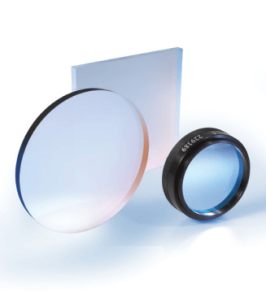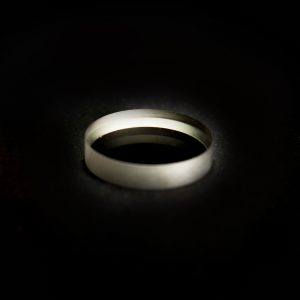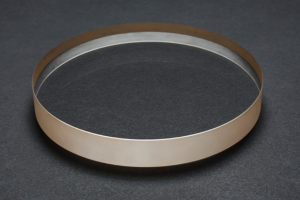220nm, 275nm UV filter- With the rapid development of China’s economic level, the pollution problem of domestic and industrial wastewater has gradually worsened. According to the testing of functional departments such as environmental monitoring in China, when the content of organic pollutants in water bodies increases, exceeding the cleanliness capacity of the water body itself, it will lead to an increase in organic pollution of the water body.
The nitrogen in water includes nitrite nitrogen, nitrate nitrogen, inorganic ammonium salt, dissolved ammonia, and organic nitrogen compounds, which can be transformed into each other through biochemical reactions. Total nitrogen refers to the total amount of soluble nitrogen and suspended particles. When the nitrogen and phosphorus content in surface water is too high, the water body presents an eutrophication state, with a large number of microorganisms reproducing, phytoplankton growing vigorously, and water quality deteriorating, such as red tides.
There are many commonly used methods for detecting water pollution using optical principles, such as colorimeters, etc. This article focuses on introducing a more advanced detection method in optical detection: ultraviolet spectrophotometry. Currently, UV Organic matter concentration detection is one of the commonly used methods for detecting organic matter in water quality. It mainly utilizes the unique absorption characteristics of organic matter in the 2nm-300nm range of the ultraviolet band, with a large amount of characteristic absorption in the 220nm ultraviolet light, while in the 275nm is basically not absorbed; Dissolved organic matter at 220nm, 275nm has absorption.
Based on the absorbance of the measured solution and scientific calculations, the concentration of the substance can be obtained. This method uses a certain wavelength of light to irradiate the tested substance solution, measure its absorbance, and then calculate the content of the tested component based on the absorbance. The calculation is based on the absorption law, namely Lambert Beer’s law. Water quality analysis detector is an instrument that detects water quality physical samples through full spectrum color measurement. It is actually a spectrophotometer, which can generate accurate data beyond human observation by analyzing the reflectance, absorbance, or transmittance characteristics of water quality wavelength by wavelength spectrum.

And the filter of the water quality analysis detector can also be used to calculate physical colorimetric information. The core component of the instrument is the filter, commonly used are 220nm and 275nm ultraviolet narrowband filters.
Produced by Hanzhong Borisun Optics 220nm filter, 254nm filter, and 275nm ultraviolet filters are widely used in environmental pollution source monitoring, industrial process water monitoring, and municipal sewage treatment.



